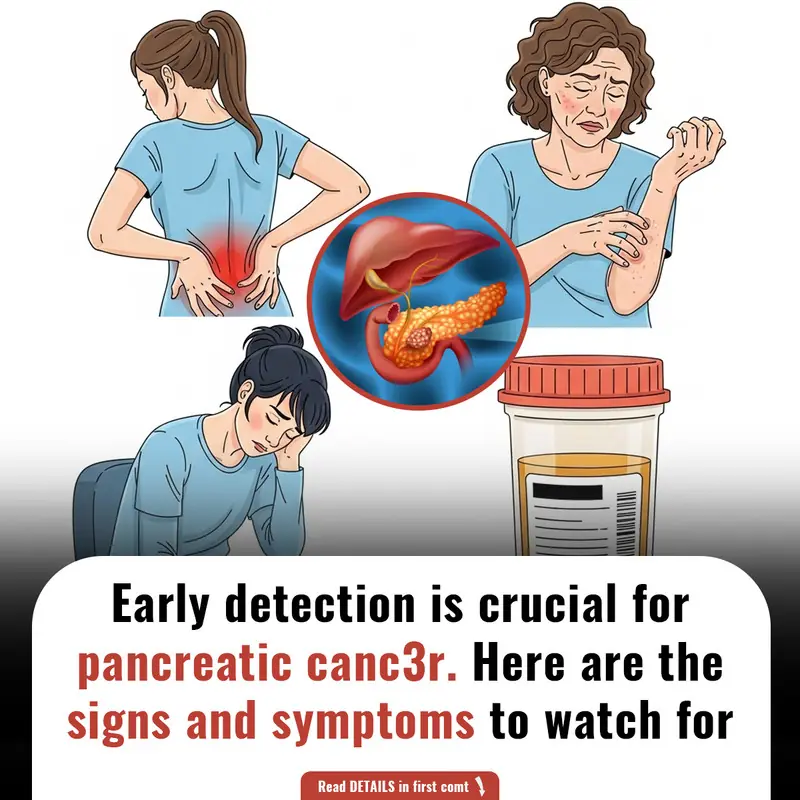
Golden Eyes: How Gold Nanoparticles Could One Day Restore Vision in People with Retinal Disorders
Retinal disorders like macular degeneration and retinitis pigmentosa are leading causes of vision loss worldwide. These conditions damage the light-sensitive cells in the retina, known as photoreceptors, which are essential for converting light into electrical signals that the brain processes as vision. However, a groundbreaking study by researchers at Brown University suggests that gold nanoparticles—microscopic particles thousands of times thinner than a human hair—could potentially restore vision in people suffering from these debilitating conditions.
Published in ACS Nano and supported by the National Institutes of Health (NIH), this study presents a promising new approach to restoring vision without the need for invasive surgery. By using nanoparticles combined with infrared light, the study shows how it’s possible to bypass damaged photoreceptors and stimulate the retinal cells responsible for processing visual information. Let’s explore how this innovative technology works and the potential it holds for the future of vision restoration.

What Are Gold Nanoparticles and How Do They Work?
Gold nanoparticles are incredibly small particles of gold, each just a few nanometers in size. Despite their tiny size, they have unique properties that make them ideal for medical applications. In this study, Brown University researchers showed that when gold nanoparticles are injected into the retina, they can stimulate the visual system to restore vision in mice with retinal disorders.
The nanoparticles work by responding to near-infrared light, which activates the bipolar and ganglion cells in the retina. These cells are responsible for transmitting visual signals to the brain, but they are typically unaffected by conditions like macular degeneration, which primarily impacts photoreceptors. The infrared light pulses stimulate the nanoparticles, bypassing the damaged photoreceptors and activating the other retinal cells to process visual information.
The researchers used infrared laser light to project specific shapes onto the retinas of mice. By measuring the resulting calcium signals, they confirmed that the nanoparticles successfully triggered activity in the retinal cells, leading to the transmission of visual signals to the brain. This was a significant breakthrough, as it demonstrated that the nanoparticles could restore some level of vision by directly stimulating the visual system.
Advantages of Nanoparticle Technology for Vision Restoration
One of the most significant advantages of this nanoparticle approach over traditional methods is its non-invasive nature. Unlike older techniques that involve surgically implanting electrodes into the eye, the use of nanoparticles allows for a far simpler and less invasive procedure. Dr. Jiarui Nie, a postdoctoral researcher at the National Institutes of Health who led the research, emphasized that “an intravitreal injection is one of the simplest procedures in ophthalmology.”
This simplicity could make the procedure more accessible to a broader range of patients, as it does not require the same level of complexity and recovery time associated with surgical interventions.
Additionally, the nanoparticle method offers functional advantages over existing retinal prosthesis technologies. One of the limitations of previous systems was their relatively low resolution, as the size of the electrode array used in traditional prostheses limited the field of vision. However, because the nanoparticles cover the entire retina, this new method could potentially provide a broader field of vision for patients. Furthermore, since the nanoparticles respond to near-infrared light rather than visible light, this system would not interfere with any residual vision that a patient may retain.
Potential for Human Application: A Revolutionary Step Forward
While this research is still in the early stages and has only been tested in mice, the implications for human use are promising. The next steps for this technology involve translating the concept into a practical system that could be used by people with retinal disorders. The researchers envision a system that combines nanoparticles with a laser system integrated into a pair of glasses or goggles. Cameras in the glasses would capture the outside world, and infrared light would be used to stimulate the nanoparticles in the retina, restoring vision.
This concept is similar to a previously approved retinal prosthesis, but with significant improvements. The older technology involved a camera system paired with an electrode array implanted in the eye, which limited both the field of vision and the resolution. In contrast, the nanoparticle approach could cover a larger area of the retina, offering more detailed and expansive vision for patients.
Challenges and Future Directions
While this technology shows great promise, more research is needed before it can be applied in clinical settings. One key area of focus is ensuring that the nanoparticles remain safe and effective in the retina over long periods. However, Dr. Jiarui Nie noted that their study demonstrated that the nanoparticles could stay in the retina for months without causing major toxicity, which is encouraging for future applications.
The researchers are optimistic that, with further development, this approach could lead to a revolutionary shift in how retinal disorders are treated. If successful, it could provide a non-invasive, effective solution for restoring vision in patients with macular degeneration and similar conditions.
Conclusion: A New Hope for Vision Restoration
The discovery of gold nanoparticles as a potential solution for restoring vision in people with retinal disorders is a groundbreaking step in medical science. By bypassing damaged photoreceptors and directly stimulating the retinal cells responsible for vision, this innovative technology could offer a simpler, more effective treatment for patients suffering from macular degeneration and other retinal conditions.
While more research is needed, the early results are incredibly promising, suggesting that nanoparticles could be the key to unlocking new treatments for vision loss in the future. This could provide a much-needed alternative to traditional invasive surgeries, offering patients a chance at better vision and improved quality of life.
Credit
This article is based on research from Brown University and published in ACS Nano, supported by the National Institutes of Health (NIH). Additional insights were provided by Dr. Jiarui Nie and Dr. Jonghwan Lee of Brown University's School of Engineering and Carney Institute for Brain Science. For more information on the study and its implications, visit brown.edu and the National Institutes of Health website.
News in the same category


36-Year-Old Teacher Passed Away From Diabetes Doctors Say Was Triggered By Everyday Foods
Diabetes is a dangerous condition with numerous complications, and diet is a key factor.
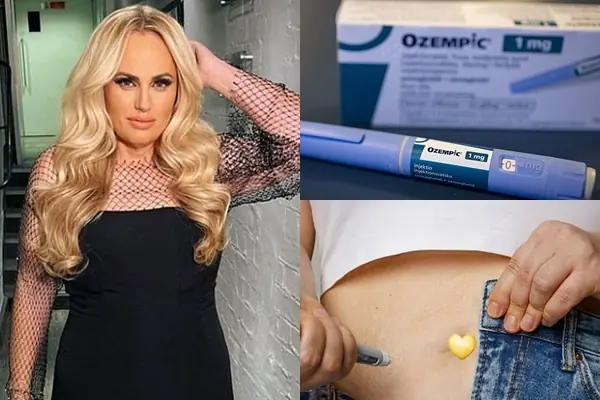
Experts issue urgent warning about terrifying hidden symptom from taking Mounjaro and Ozempic
Experts have issued an urgent warning about a symptom that can come to light from taking drugs such as Mounjaro and Ozempic.

The Benefits of Epsom Salt Foot Soak: A Natural Remedy for Foot Pain and Health
Discover the health benefits of Epsom salt foot soaks, including pain relief, exfoliation, fungal infection treatment, and more. Learn how to safely use Epsom salt for foot health.

What Causes Blue Veins? Understanding the Reasons and When to Seek Help
Blue or green veins are common, but when should you worry? Learn the possible causes of visible veins, from genetics to lifestyle factors, and when it may indicate a medical condition.

7 Early Warning Signs of Diabetes You Shouldn’t Ignore: Act Now for Better Health
Learn about 7 early warning signs of diabetes that could be easily overlooked. Early detection can help manage diabetes, prevent complications, and improve quality of life. Read on for expert insights.

Genetic Link Between Endometriosis and Autoimmune Diseases Revealed in New Study
A new study has identified a shared genetic link between endometriosis and autoimmune conditions. Women with endometriosis are at a higher risk for diseases like rheumatoid arthritis, multiple sclerosis, and psoriasis.
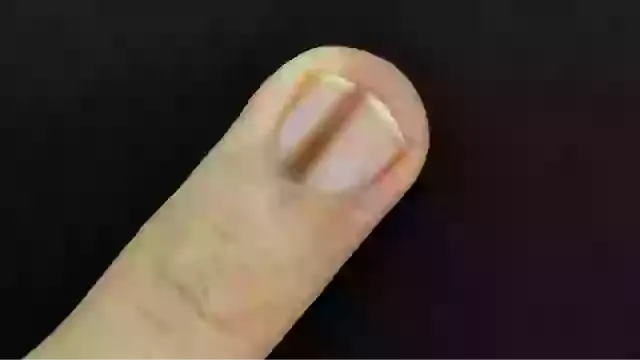
People Warned to See a Doctor After Sharing Photo of Concerning Dark Line on Finger
A Reddit user received warnings to see a doctor immediately after posting an image of a dark line on their finger. Learn about melanonychia and why nail discoloration can be a serious health concern.
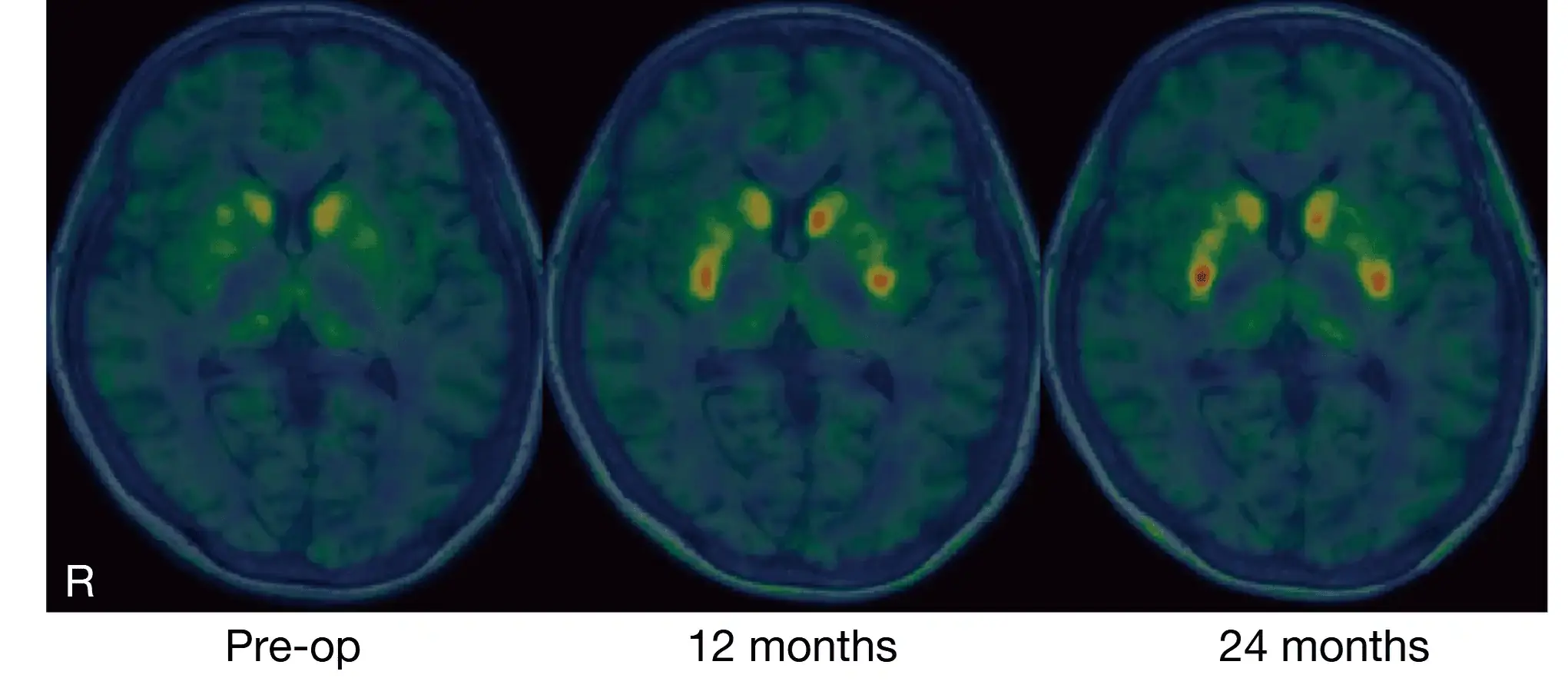
Breakthrough in Parkinson’s Treatment: Japanese Scientists Successfully Implant Lab-Grown Brain Cells
Japanese researchers have made a groundbreaking discovery in Parkinson’s treatment using lab-grown brain cells. Early results from the clinical trial show promising improvements in movement and dopamine production.

4 Simple Steps to Cool Your Home Faster and Save on Electricity Before Turning on the Air Conditioner
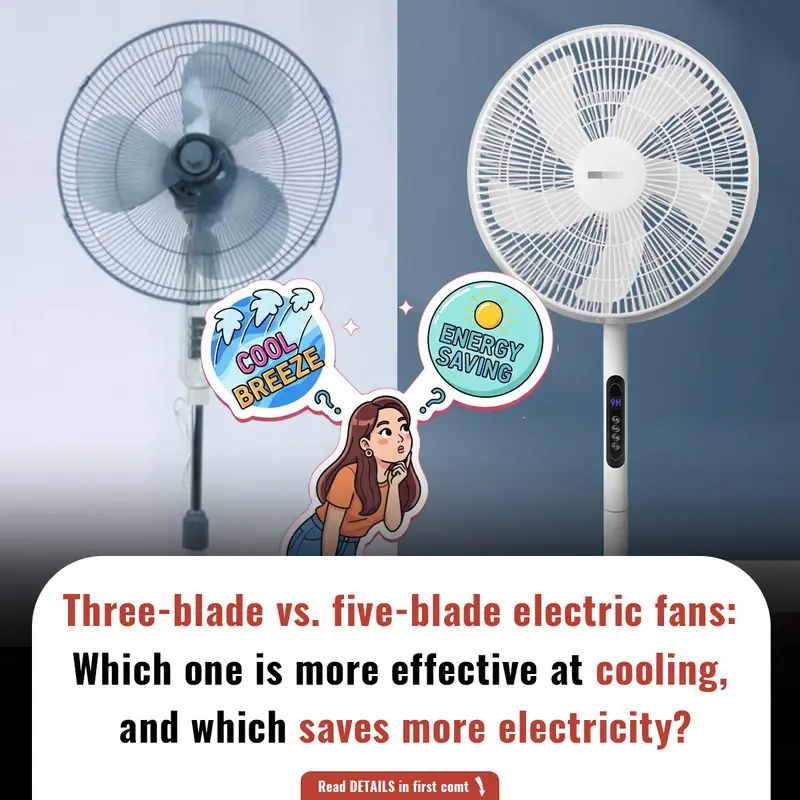
3-Blade vs. 5-Blade Fans: Which Cools Better? The Truth Behind Common Misconceptions

The Alarming Rise of Bowel C@ncer in Young Adults: Is Your Diet to Blame

United Airlines Passenger Punches Gate Agent, Kn0cking Them Out

Should You Close or Leave the Toilet Lid Open After Use? 90% of People Get It Wrong — Here's Why Your Bathroom Always Smells
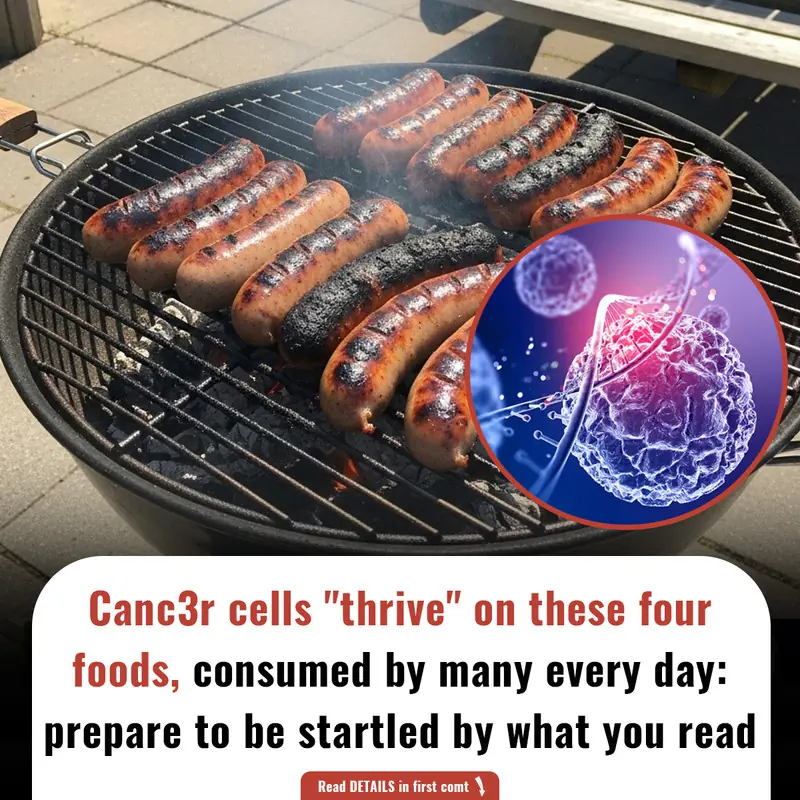
4 Everyday Foods That Fuel C@ncer Cells
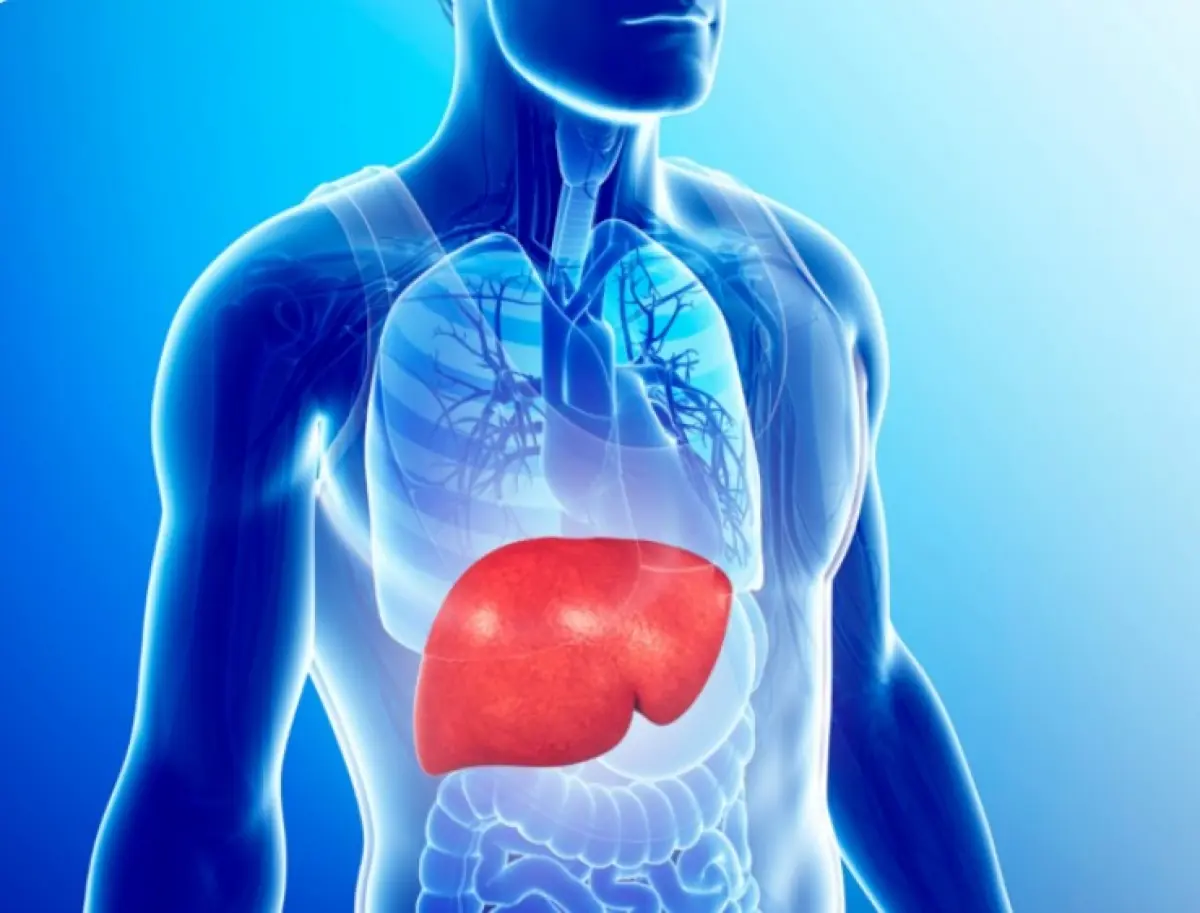
Fatty Liver Disease: A Silent Pathway to Liver C@ncer
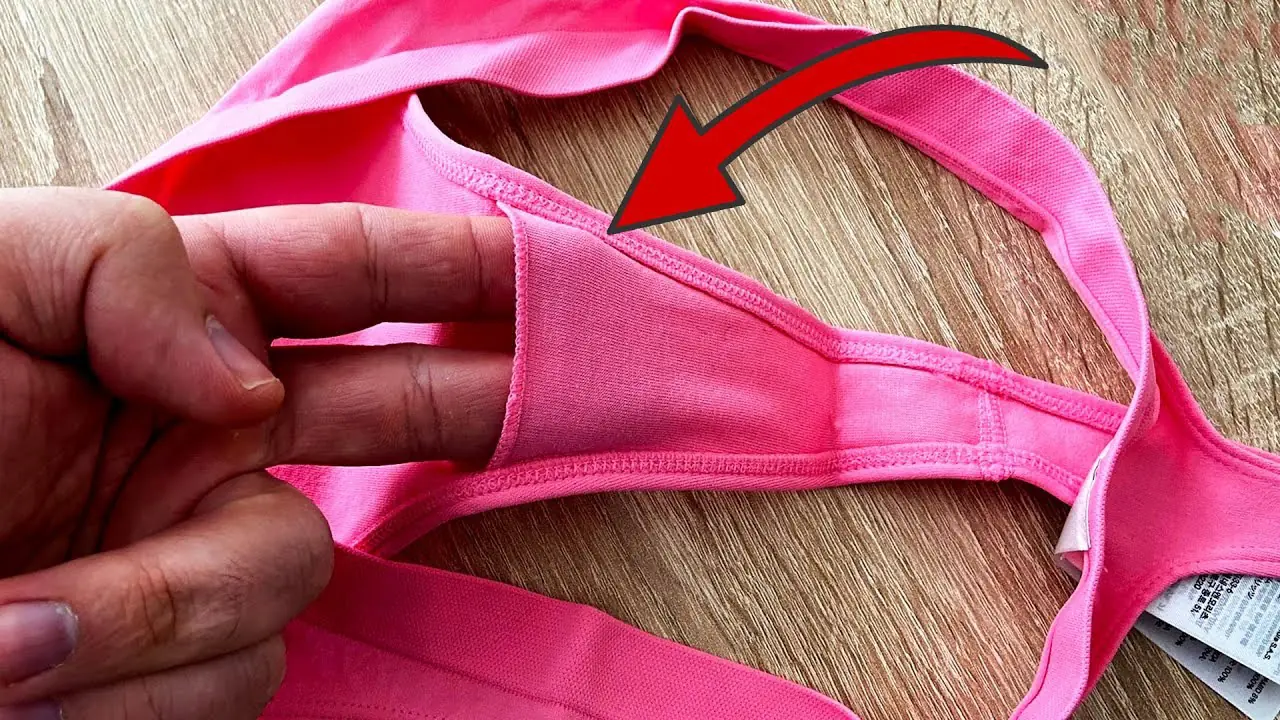
The Hidden Purpose of the Pocket in Women's Underwear: More Than Just a Design Feature
In actuality, the "pocket" in women's underwear is actually a gusset, which serves a number very valid purposes.
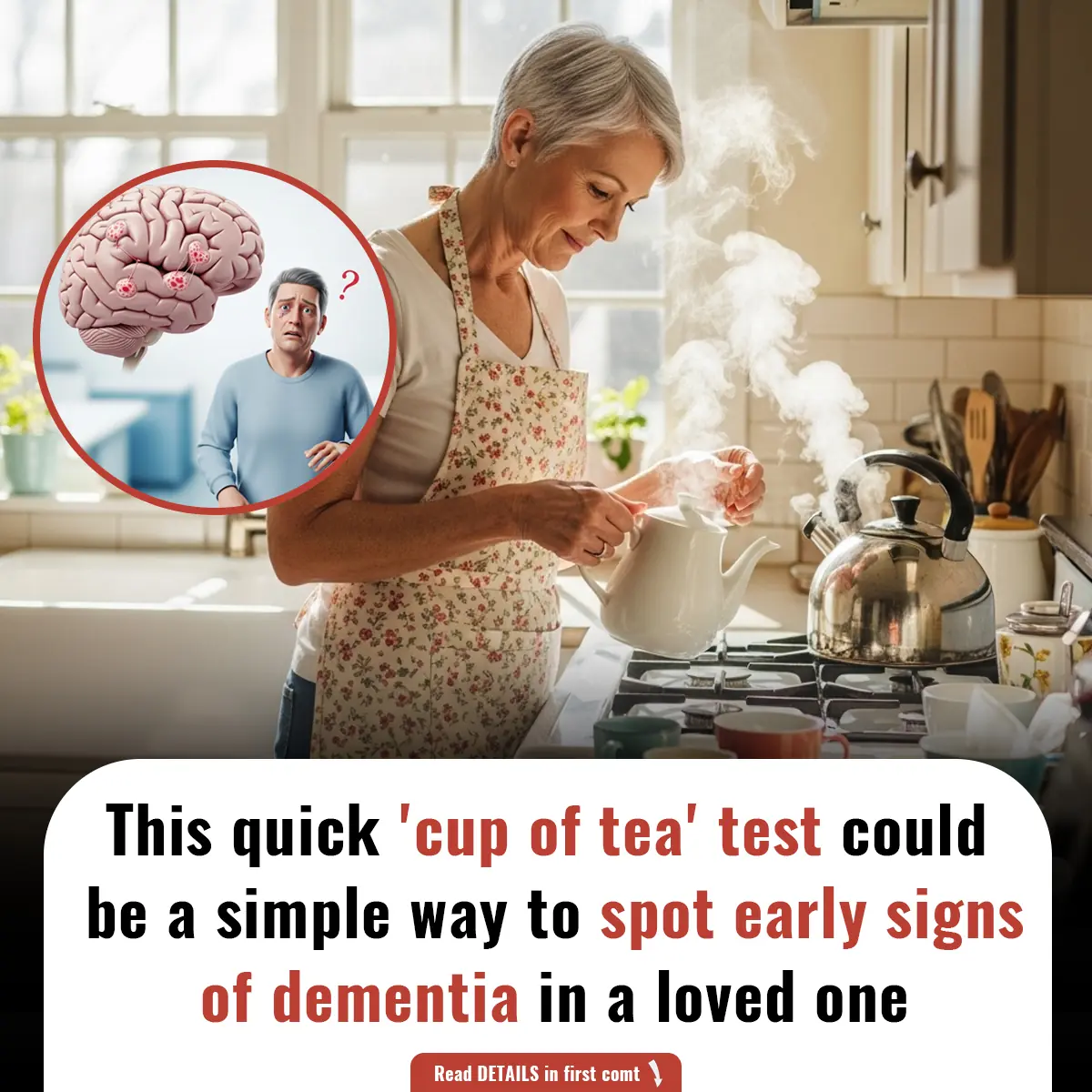
This quick 'cup of tea' test could be a simple way to spot early signs of dementia in a loved one

A doctor has revealed a simple thumb test that can uncover a "ticking time b0mb" heart condition

Avocados are incredibly healthy, if using them incorrectly in these 3 common ways could actually have adverse effects
News Post

The Woman Who Walked Away: A Journey of Self-Discovery and Empowerment
A powerful tale of self-realization as Alina breaks free from a toxic relationship, finding strength and confidence after a painful breakup. Discover how she chooses her own path towards happiness and independence.

Silent Signals: Recognizing the Subtle Symptoms of Pancreatic C@ncer

The Earring in the Passenger Seat: A Suspicious Find Leads to a Truthful Confrontation
A woman finds a sh0cking truth after discovering a mysterious child’s drawing in her fiancé’s car. Suspicion, betrayal, and secrets unravel as she confronts him, ultimately deciding the fate of their relationship.

Am I Wrong for Not Laughing at My Fiancé's "Jokes" About Calling Off Our Wedding?
A bride-to-be is questioning her relationship after her fiancé repeatedly jokes about calling off their wedding. What happens when humor crosses the line into hurtful behavior?

36-Year-Old Teacher Passed Away From Diabetes Doctors Say Was Triggered By Everyday Foods
Diabetes is a dangerous condition with numerous complications, and diet is a key factor.

Experts issue urgent warning about terrifying hidden symptom from taking Mounjaro and Ozempic
Experts have issued an urgent warning about a symptom that can come to light from taking drugs such as Mounjaro and Ozempic.

The Benefits of Epsom Salt Foot Soak: A Natural Remedy for Foot Pain and Health
Discover the health benefits of Epsom salt foot soaks, including pain relief, exfoliation, fungal infection treatment, and more. Learn how to safely use Epsom salt for foot health.

What Causes Blue Veins? Understanding the Reasons and When to Seek Help
Blue or green veins are common, but when should you worry? Learn the possible causes of visible veins, from genetics to lifestyle factors, and when it may indicate a medical condition.

DIY Rice Cream for Radiant, Youthful Skin: The Japanese Secret to Erasing Wrinkles & Fine Line
With its powerful combination of rice, almond oil, and vitamin-rich ingredients, this rice cream provides nourishment, hydration, and antioxidant protection to your skin.

7 Early Warning Signs of Diabetes You Shouldn’t Ignore: Act Now for Better Health
Learn about 7 early warning signs of diabetes that could be easily overlooked. Early detection can help manage diabetes, prevent complications, and improve quality of life. Read on for expert insights.
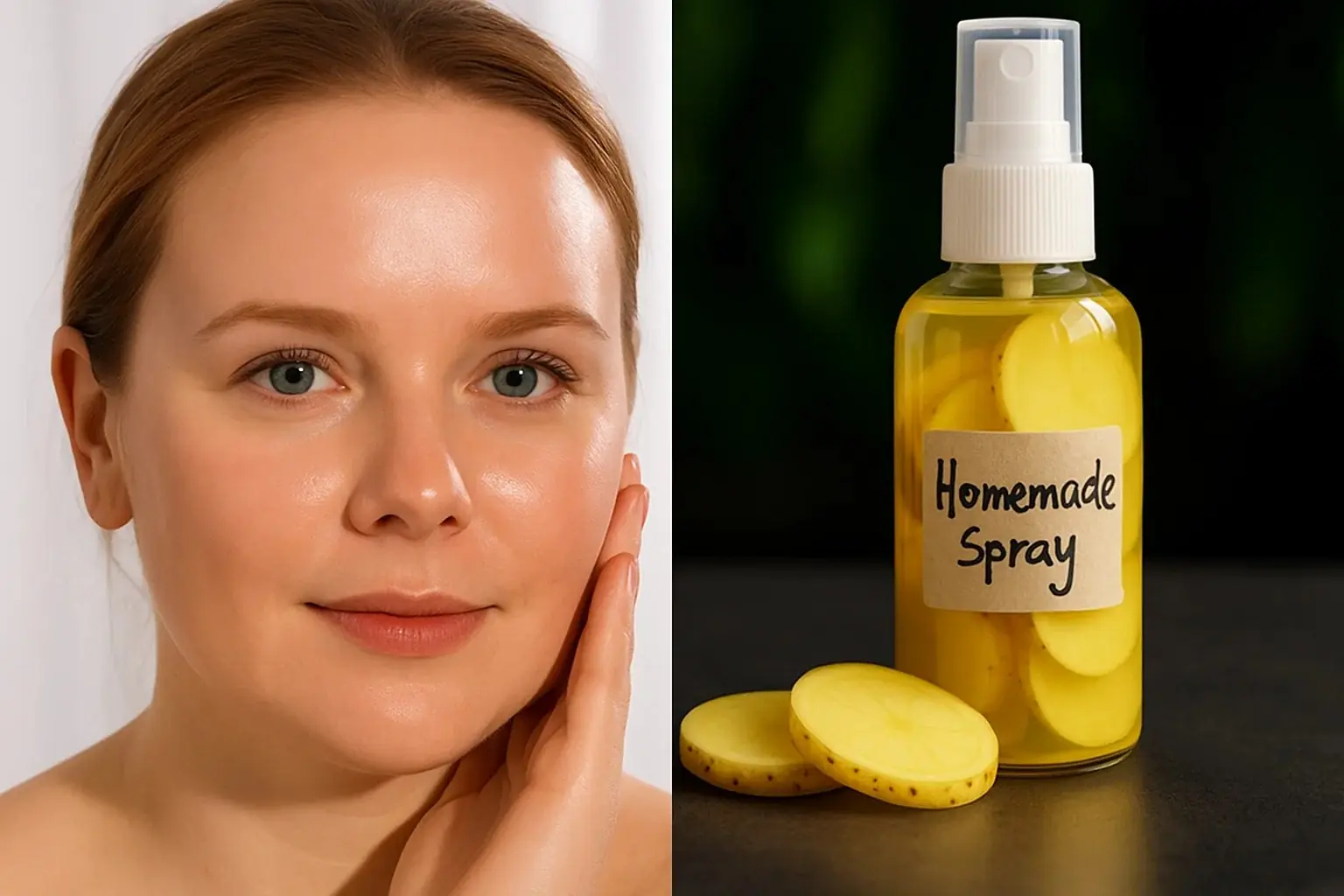
5 Homemade Skin Toners for Smooth, Glowing Skin: Natural Remedies for Every Skin Type
By incorporating these toners into your daily routine, you can expect healthier, brighter, and more balanced skin without the use of harsh chemicals.

Genetic Link Between Endometriosis and Autoimmune Diseases Revealed in New Study
A new study has identified a shared genetic link between endometriosis and autoimmune conditions. Women with endometriosis are at a higher risk for diseases like rheumatoid arthritis, multiple sclerosis, and psoriasis.

Roasted Onion Peel and Garlic Peel Remedies for Grey Hair: Natural Solutions for Dark, Vibrant Hair
. Roasted onion peel and garlic peel offer effective, safe, and natural alternatives that can help you combat grey hair and restore youthful vitality.

People Warned to See a Doctor After Sharing Photo of Concerning Dark Line on Finger
A Reddit user received warnings to see a doctor immediately after posting an image of a dark line on their finger. Learn about melanonychia and why nail discoloration can be a serious health concern.

Breakthrough in Parkinson’s Treatment: Japanese Scientists Successfully Implant Lab-Grown Brain Cells
Japanese researchers have made a groundbreaking discovery in Parkinson’s treatment using lab-grown brain cells. Early results from the clinical trial show promising improvements in movement and dopamine production.

4 Simple Steps to Cool Your Home Faster and Save on Electricity Before Turning on the Air Conditioner

Effective Cumin Seed Detox Tonic for Belly Fat Reduction: Your Ultimate Guide to a Flatter Midsection
The cumin seed detox tonic is a natural, easy-to-make remedy that can help accelerate belly fat loss, improve digestion, and enhance overall health.

3-Blade vs. 5-Blade Fans: Which Cools Better? The Truth Behind Common Misconceptions

The Alarming Rise of Bowel C@ncer in Young Adults: Is Your Diet to Blame
